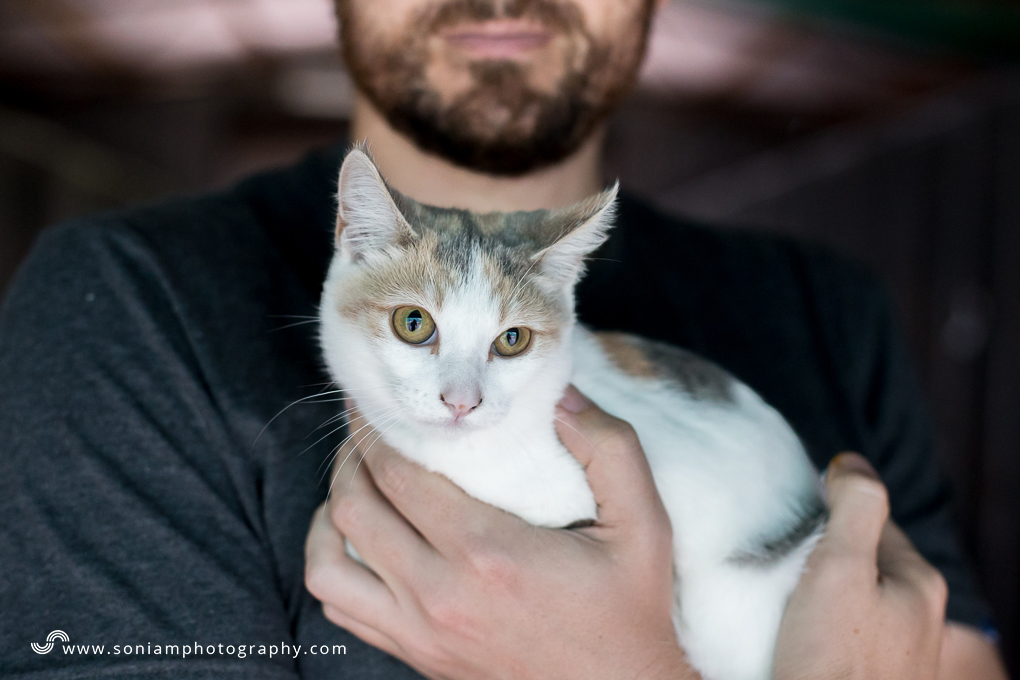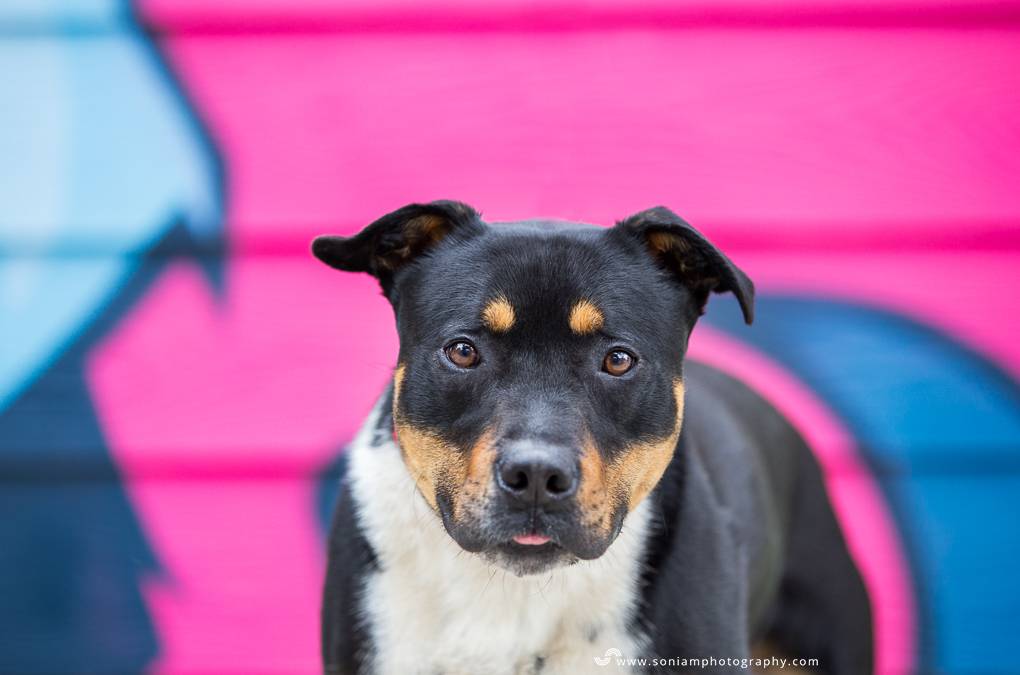Hi everyone,
I have taken my share of photos of rescue dogs in animal shelters.
Even though seeing animals in shelters can be upsetting, one of the reasons I keep coming back is to help get them noticed and adopted into loving families.
I truly believe beautiful, soulful photos will get noticed more and shared more on social media. In fact sometimes thats all it takes, one photo.
You don’t have to be a pro to start taking photos of dogs in rescues. However you have to have the basics in the bag. Having a half decent camera will help you with the quality of your photos (producing photos better than your phone). Taking it off the automatic setting and knowing the basics of composition are an absolute must.
Further to that, here are some additional tips on photographing rescue dogs:
Take them outside – Your subject was most likely locked in their kennel for most of the day. Take them outside, let them sniff around, explore the outdoors. Most importantly get them away from all the indoor noise and commotion. Engage them with a play or a cuddle, depending what your subject prefers. You will be working with many different type of dogs so ask the shelter staff about their personality and what they like to do. Don’t forget always to respect the shelters rules to keep the dogs and yourself safe.
Photographing shy dogs – I usually greet them with a handful of treats, I sit down with them, talk to them and stroke them gently. With shy dogs I like to use my long lens, so I don’t expose them to additional stress by waving my camera in their face. Most often shy dogs are the hardest to photograph.
Photographing energetic dogs – Sometimes they come out, pumped up, full of energy, pulling on their lead, jumping, all they want to do is to go go go.
Once you meet them, let them explore for a while. They will probably drag you in all directions, but thats ok, who needs to have their arms the same length right?
If you have the space you can start with some action shots, running and fetching shots are always great. Plus the dog is having fun and releasing the excess energy.
If you want to stick to portraits, your best friend is patience. Let your helper hold them whilst you are working your magic.
Find the light – Depending what time of day and conditions you are shooting in, there are few things you can look out for. Generally cloudy days are great for natural, evenly spread soft light. The clouds act just like a big softbox and you won’t have to worry much about sunlight direction. Sunny days can provide you with some cheerful colours, but how well your photos turn out will come down to the choice of your background. If you are photographing in the middle of a sunny day stick to shady areas where the light is softer.
Framing & backdrops – When you arrive have a look around the outdoor environment. Look for interesting things like benches, flowers, bushes, rocks, colourful walls etc. Make sure there are not any distracting objects around, such as trash bins etc. If you can’t find a pleasant background to work with, fill in your frame with the dog. Also working with a large aperture to see as little background as possible is always a good option. This technique also separates your subject from its surroundings. Play with different compositions, get down low (I don’t mean bend down a little bit, but get down onto your stomach even if it means getting a bit dirty). Or shoot from standing up with your camera over your subject pointing directly downwards.
Patience – Remember your subject has probably had a rough time of it being away from people they know, in new places, with new people, new food, new smells, new vets! Just relax, take your time, let them check you out, to do their thing and wait for the magic to happen. There is no reason to get yourself or the dog stressed.
Focus on expressions – Have your toys, stinky treats & the weirdest, most embarassing noises on hand. Dogs respond to different kind of stimulants. Some will be more attracted to noises and sounds, for others it can be smells or visual stimulation. Experiment what your subject prefers and have a bit of fun with it. Most importantly be ready to capture the unpredictable. I can’t even tell you how many times I missed a shot, because I was looking at the back of my camera. Some dogs have more personality than people and rescue dogs are great at keeping me on my tippy toes to capture theirs! 🙂
Create a connection between dogs and viewers – To do this connect dogs eyes with the viewer. This means eyes in focus, looking directly into the lens of your camera. This is very important. Most people are attracted to & will look at the eyes first.
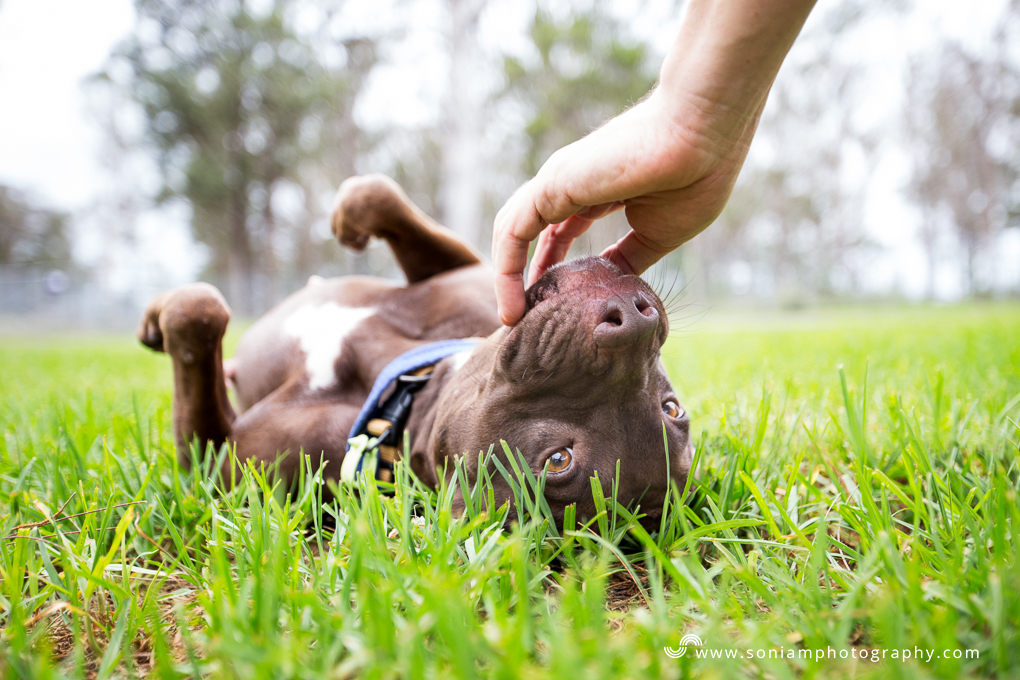
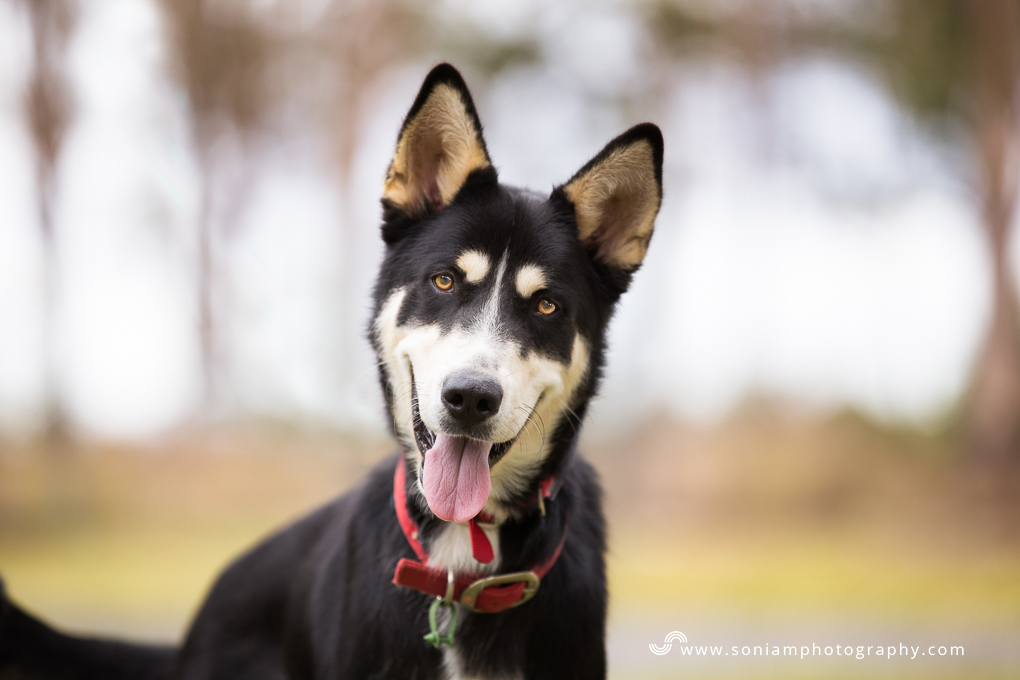
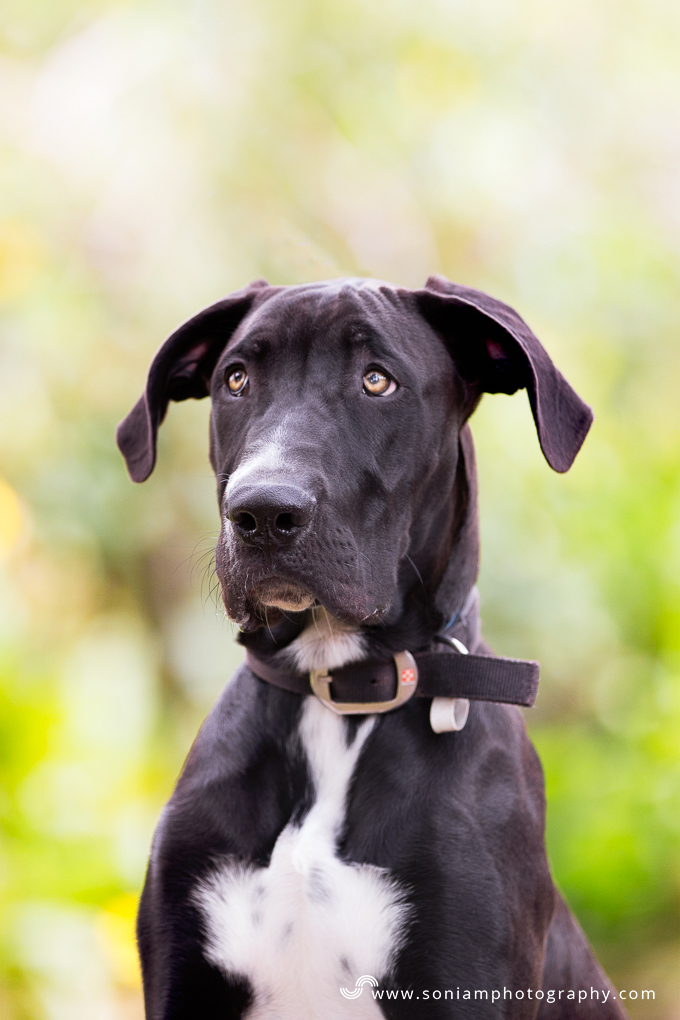
Focusing on expressions
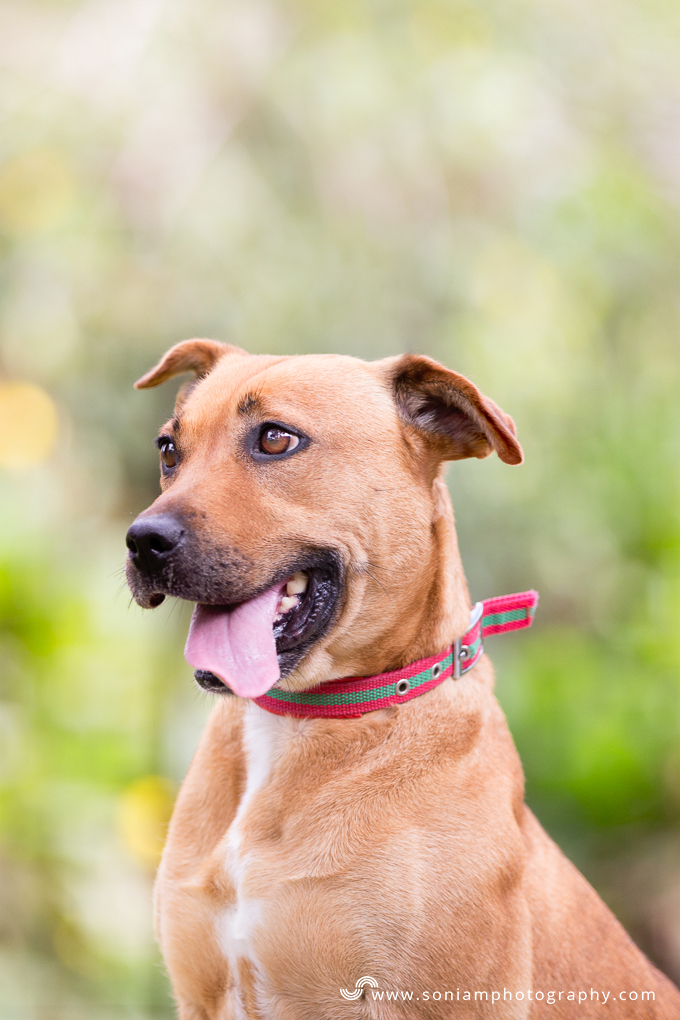
Focusing on expressions
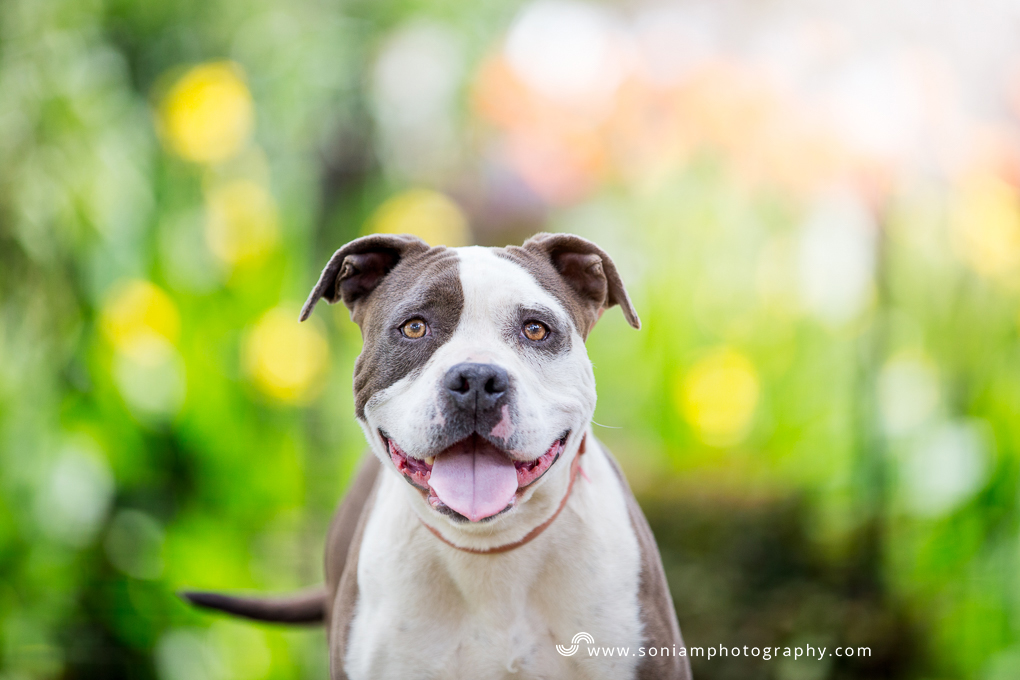
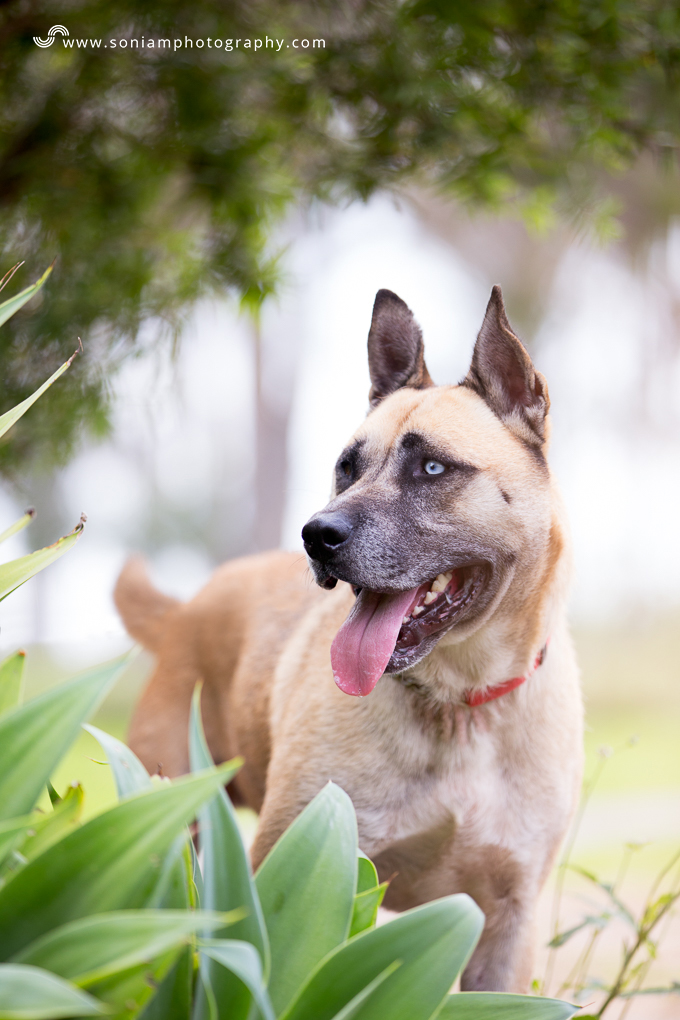
Create depth by framing your subject. I used bushes for my foreground and a part of a tree for my background
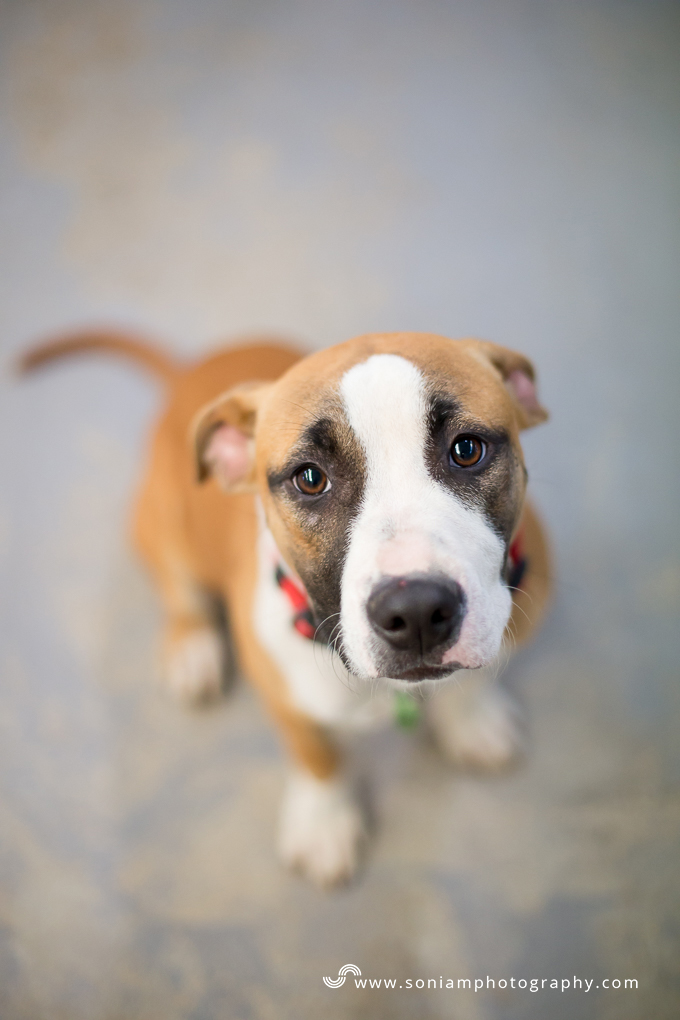
Finding the light whilst photographing indoors is crucial. You want the light falling into dogs face.
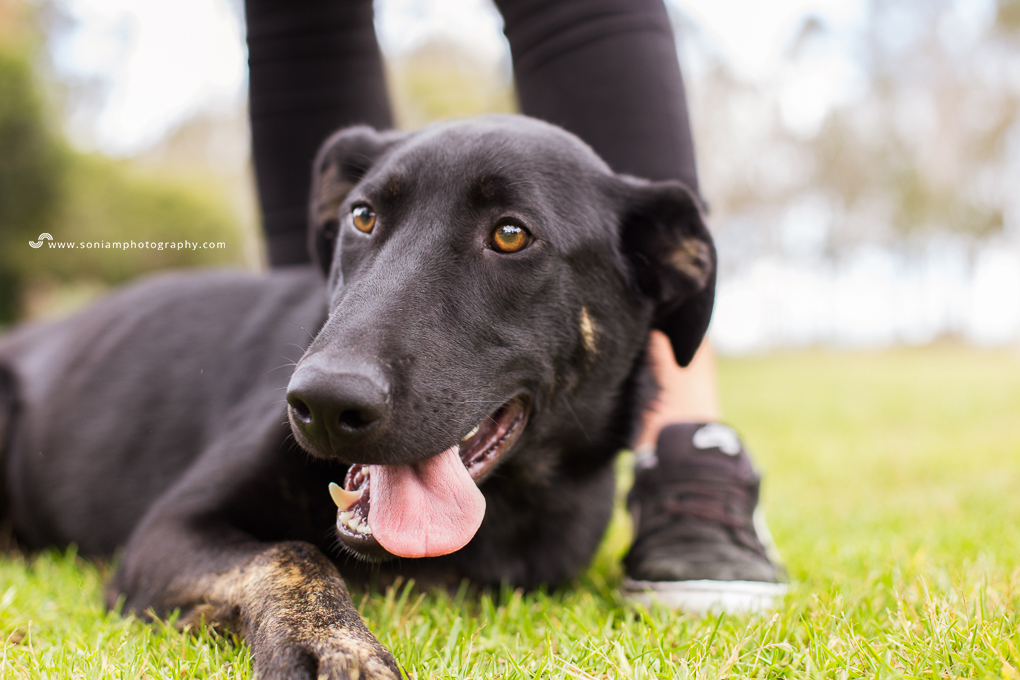
Bok was super shy, he spend his time next to the helpers feet.
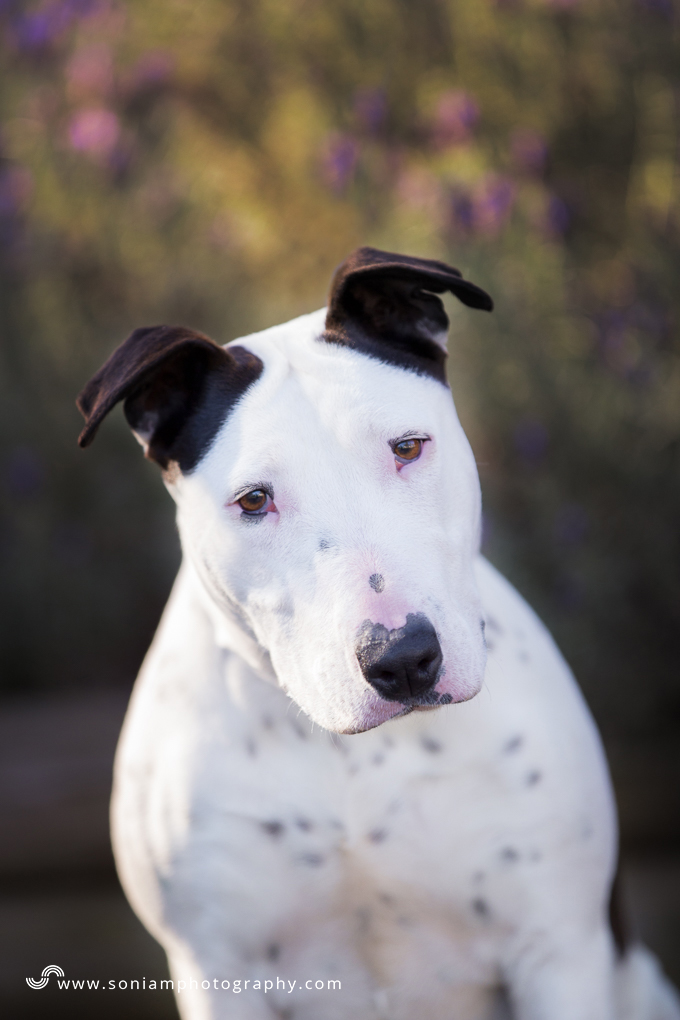
Creating connection between dog & viewer
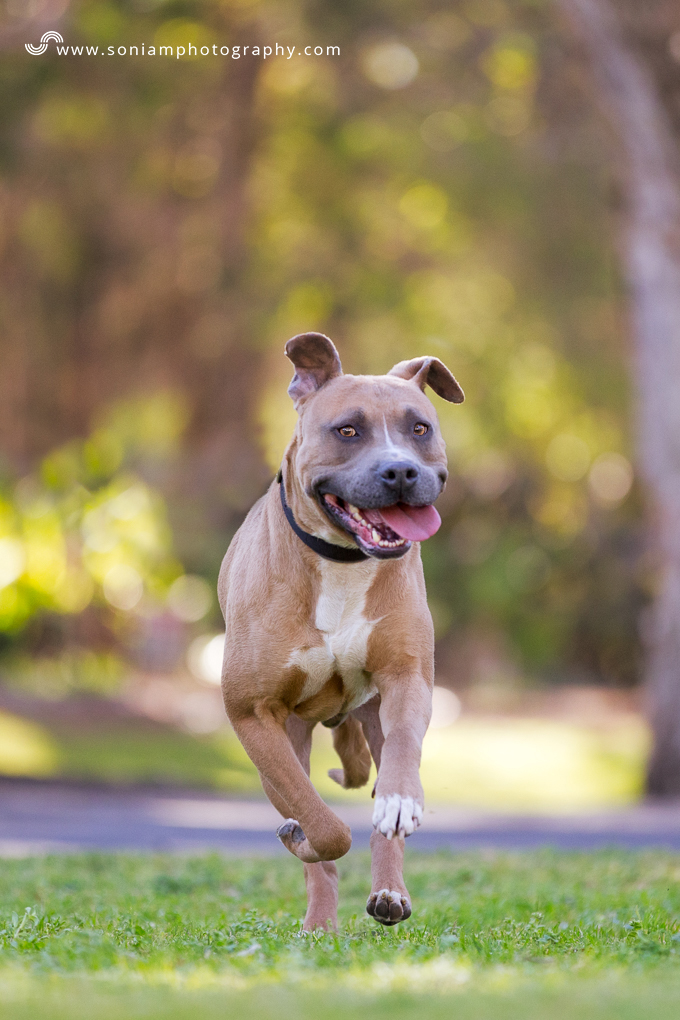
Creating connection between dog & viewer
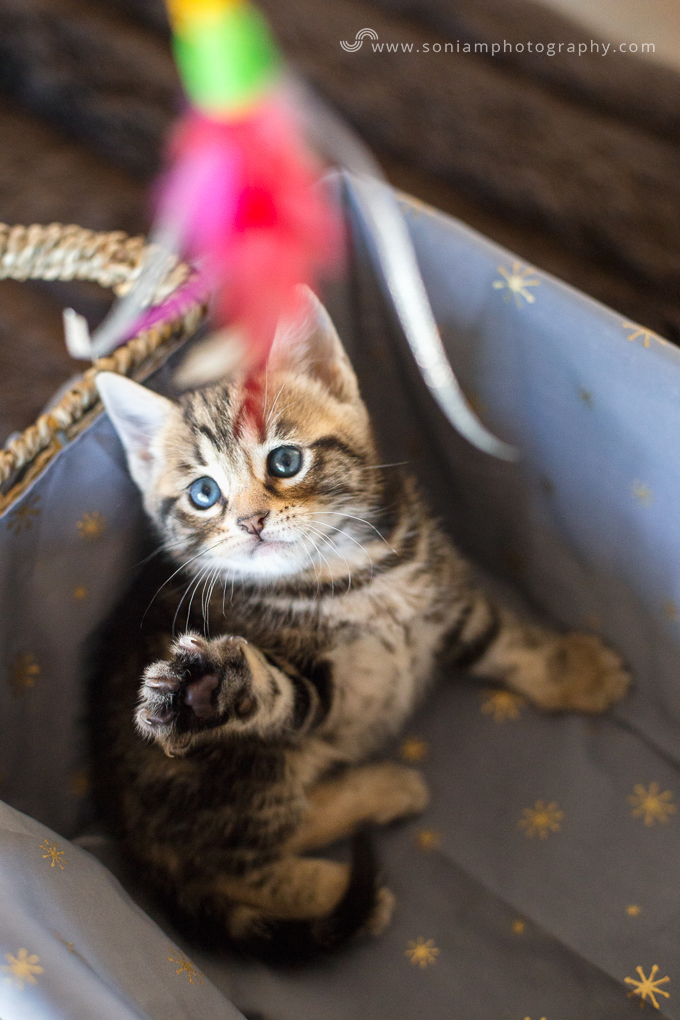
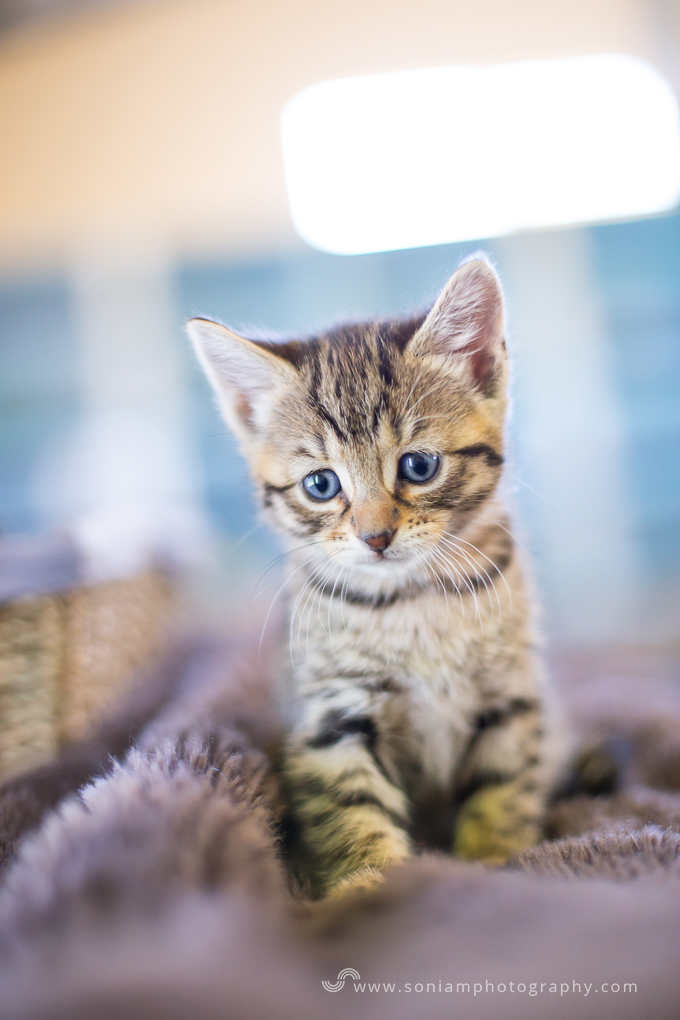
Find the light if you have to photograph rescue animals indoors, this applies with mostly for cats for me. Place them next to a big window or a door. Turn off any artificial lighting that might create colourcast in the photos. It will be much easier to develop them later and not worry about green/blue tones all around animals face.
